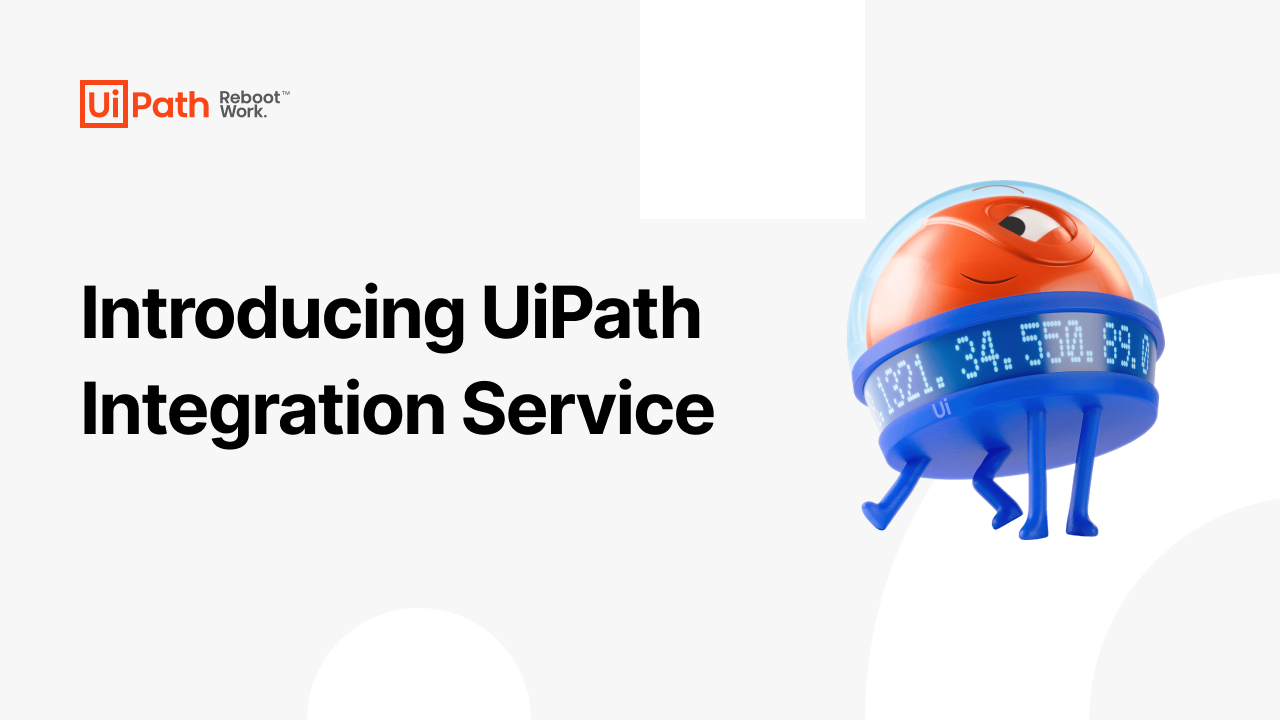UiPath Integration Service is on a mission to help drive every robot’s role across any application within an automated workflow.
As part of the leading robotic process automation (RPA) platform combining world-class user interface (UI) and API automation, Integration Service provides a rapidly growing library of pre-built connectors and connections.
That said, both connectors and connection management—and robots — depend on triggers to activate the next step in an automated process. By automating workflows from application-to-application, triggers, for example, can help quickly drive a human resources (HR) onboarding process, a typical order-to-pay scenario, or even a complex, lead-to-cash workflow.
Robots love triggers
Triggers support robots by reacting to key events in third-party systems, empowering robots to start an automation, or activate the next step in a workflow process. This enables robots to increase efficiency by responding to key business changes in near real time.
Trigger activations are generated by server-side events, including data updates, or added data, and deletions. For example, a workflow could be started by a new opportunity updated in Salesforce, a transaction being posted in SAP®, or simply, the receipt of an email.
Consider the HR onboarding example below, where each robot activity or ‘Step’, triggers an automated process response.

-
Step 1: Robot automatically creates a new user in Salesforce.
-
Step 2: Trigger-event kicks-off a process for a service request in ServiceNow.
-
Step 3: Robot logs into a third-party web application that doesn’t have an API by using user interface (UI) automation.
-
Step 4: Robot drafts a summary email to the new hire, via Microsoft Outlook, using an API native integration.
Or this customer relationship management (CRM) contact-to-lead nurturing process:

-
Step 1: Robot automatically creates a new customer contact in Hubspot CRM.
-
Step 2: Oracle Eloqua localizes and personalizes marketing content for the new customer contact.
-
Step 3: Oracle Eloqua moves customer contact into marketing automation.
-
Step 4: Robot starts an email (part of an email nurturing campaign) for the new customer contact in Marketo.
Enhanced flexibility—and governance
In addition to driving automation workflows, triggers also provide self-governance capabilities.
Now, based on the instructive customer feedback we received from our Integration Service public preview, UiPath provides substantive enhancements to both triggers and connection management:
-
Monitoring/maintaining automation flow: A ‘failed connections’ icon helps quickly spot and resolve authentication issues
-
Historical insights into trigger activity: Integration Service provides an audit trail detailing your trigger history, including trigger attempts
-
Increased usability: Both connections and triggers are now supported through custom-connection naming
Watch this demo to see Integration Service, connection management, and triggers in action:

If you’re new to UiPath, try UiPath for free!
To get early access to new products and features sign up to be part of our Insider Program.
[ad_2]
Source link


